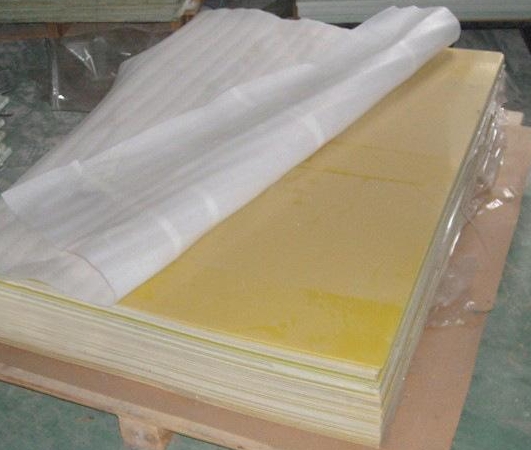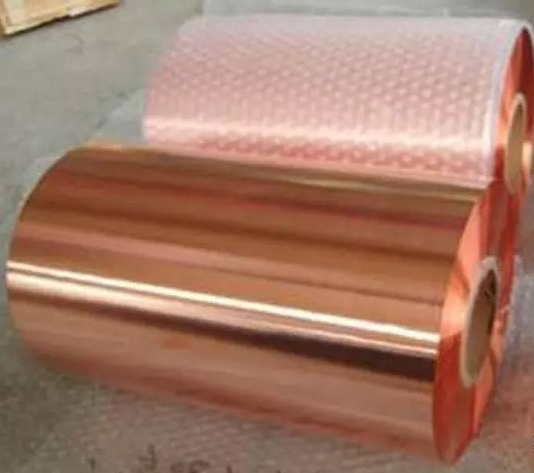- 04
- Oct
Basic material of circuit board
Izinto ezisisiseko ze PCB
How are common copper clad laminates made? Generally, copper-clad laminate is made of reinforced materials (glass fiber cloth, glass felt, impregnated fiber paper, etc.), impregnated with resin adhesive, dried, cut and stacked into blank, then covered with copper foil, steel plate as mold, and formed at high temperature and high pressure in hot press

Clad laminates
What kinds of copper clad laminates can be divided into according to the rigidity and flexibility of the plate and the different reinforcing materials? According to the rigidity and flexibility of the plate, it can be divided into rigid copper clad laminate and flexible copper clad laminate. According to different reinforcing materials, they can be divided into four categories: paper based, glass cloth based, composite based (CEM series, etc.) and special material based (ceramic, metal based, etc.). 3. Briefly describe the significance of the national standard GB / t4721-92.

ubhedu
The first letter of the product model, C, means copper-clad foil.
The second and third letters indicate the resin used for the substrate;
The fourth and fifth letters indicate the reinforcing material used for the base material; At the end of the letter, two digits are connected by a short horizontal line to represent the product number of the same type but different performance.
4. What do the following abbreviations mean? JIS, ASTM, NEMA, mil, IPC, ANSI, IEC, BS < br / > JIS Japanese Industrial Standard < br / > ASTM American Society for testing and materials standard< Br / > NEMA American Manufacturing Association standards < br / > mil American military standards < br / > IPC American circuit interconnection and Packaging Association standards < br / > ANSI American National Standards Association standards UL American Insurance Association laboratory standards < br / > IEC International Electrotechnical Commission standards < br / > BS British Standards Association standards DIN German Standards Association standards VDE German electrical standards CSA Canadian Standards Association standards as Australia Standards Institute standards
5. Briefly describe UL standards and quality and safety certification bodies? UL is the beginning of Underwriters Laboratories. UL has issued about 6000 safety standard documents. Standards relating to copper clad laminates are contained in u1746.
6. What are the two main categories of copper foil according to different preparation methods? What are they called in IPC standards? It can be divided into calendered copper foil and electrolytic copper foil. They are called class W and class E respectively in IPC standards
7. Briefly describe the performance characteristics and preparation methods of calendered copper foil and electrolytic copper foil. Calendered copper foil is made by repeatedly rolling copper plate. Like electrolytic copper foil, it needs coarsening treatment after the production of wool foil. The bending resistance and elastic coefficient of calendered copper foil are higher than that of electrolytic copper foil, the copper purity is higher than that of electrolytic copper foil, and the rough surface is smoother than that of electrolytic copper foil.
8. Chaza ngokufutshane iipropathi ezahlukeneyo zobuchwephesha befoyile yobhedu ye-electrolytic kunye nefuthe lazo kwiimpawu zobhedu ezinxitywe i-laminate? A. Ukutyeba. > B. Inkangeleko. C. amandla eqine kunye nobude. Ubude obuphantsi kunye namandla aqine kubushushu obuphezulu kuya kukhokelela kutshintsho lozinzo lwendalo kunye nokuhlala tyaba komqhubi wenqanawa, ukwehla komgangatho wemingxunya yentsimbi kwi-PCB kunye nokwahlukana kwefoyile yobhedu xa usebenzisa i-PCB. D. Amandla exolo. Amandla e-peel ye-LP, i-VLP kunye ne-SLP yeefoyile zobhedu ezinobungqingqwa obusezantsi kwiibhodi eziprintiweyo kunye neebhodi ze-multilayer ezinemigca emihle zibhetele kunezo zeefreyimu eziqhelekileyo zobhedu (STD kunye ne-HTZ). E. Ukusonga ukuxhathisa. Umahluko omde kunye nonqamlezileyo wefoyile yombane ye-electrolytic iphakame kancinci kwicala elinqamlezileyo kunakwilongitudinal. F. Umphezulu woburhabaxa. G. Etchability. > H. Ubushushu obuphezulu bokumelana ne-oxidation. Ukongeza kwezi zinto zingasibhozo zobugcisa ziphambili zefoyile yobhedu, kukho ukubakho kweplastikhi yobhedu, ukubambelela kwe-inki ye-UV, umgangatho wefoyile yobhedu, umlinganiso wokufakelwa kombane kunye nombala wefoyile yobhedu.
9. Briefly describe the performance of glass fiber cloth? The basic performance items include: warp and weft type, weaving density (number of warp and weft yarns), thickness, weight per unit area, width and breaking strength (tensile strength).
10. According to NEMA standard, generally paper-based copper-clad laminates are divided according to their functions. What are the common ones? Common varieties include: XPC, xxxpc, FR-1 (xpc-fr), FR-2 (xxxpc-fr), fr-3, etc.
11. Compare general paper-based copper-clad laminate with epoxy glass cloth based copper-clad laminate? A product made of wood pulp paper or glass fiber cloth as reinforcement, impregnated with resin, covered with copper foil on one or both sides and hot pressed.
